Menselijke parkbezoekers kennen het park vooral vanaf het droge. Misschien hebben nog weinig mensen het park onderwater gezien. Deze beelden geven een indruk van het perspectief van otters, vissen, water-insecten, en andere aquatische dieren. En laat zien hoe Otterdam er uit ziet voor hen (die ogen hebben).
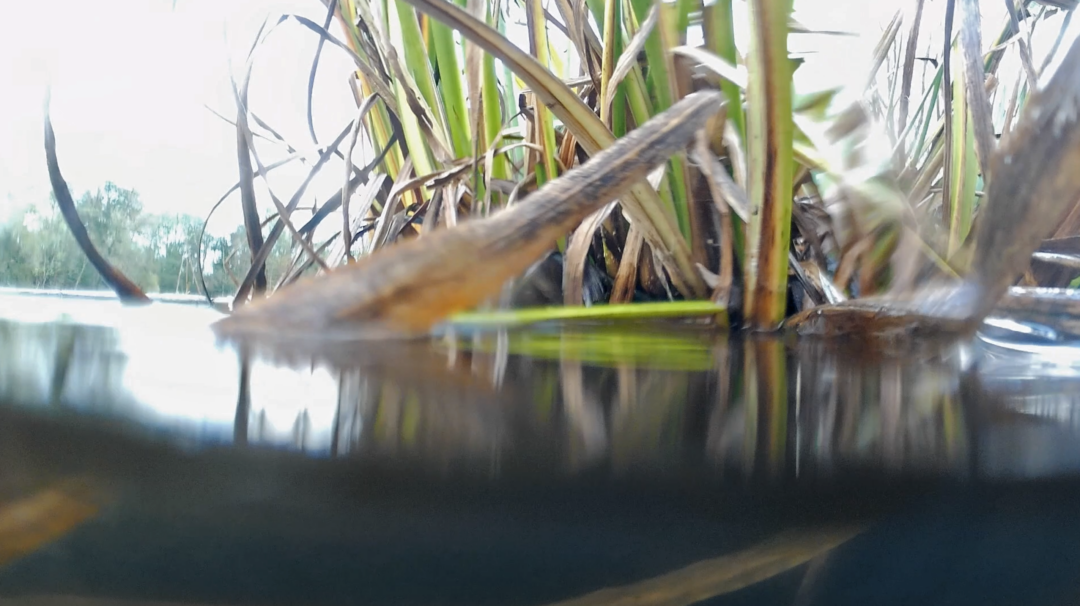
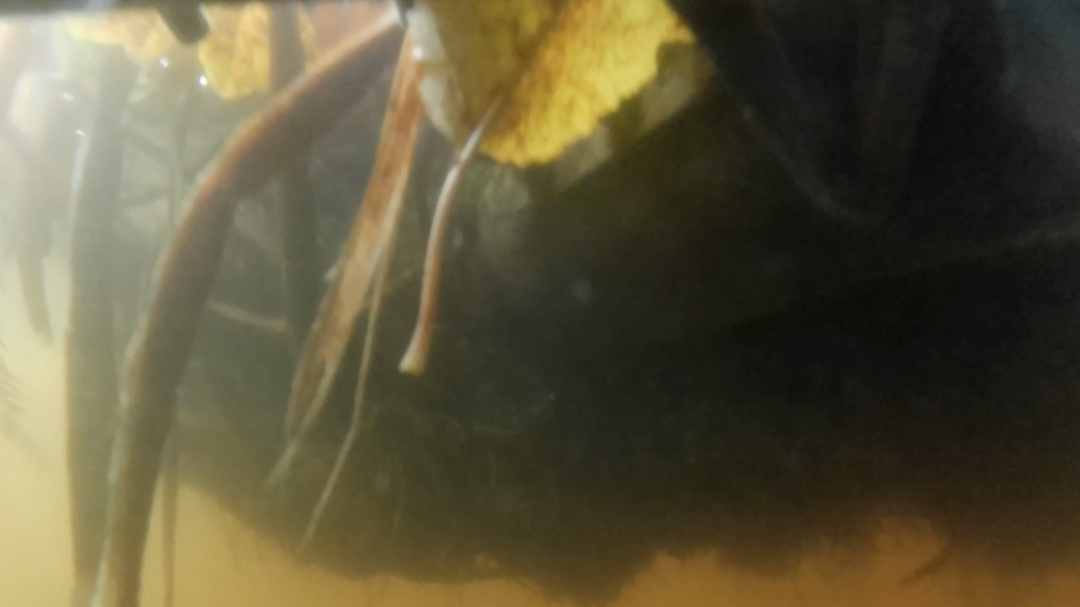
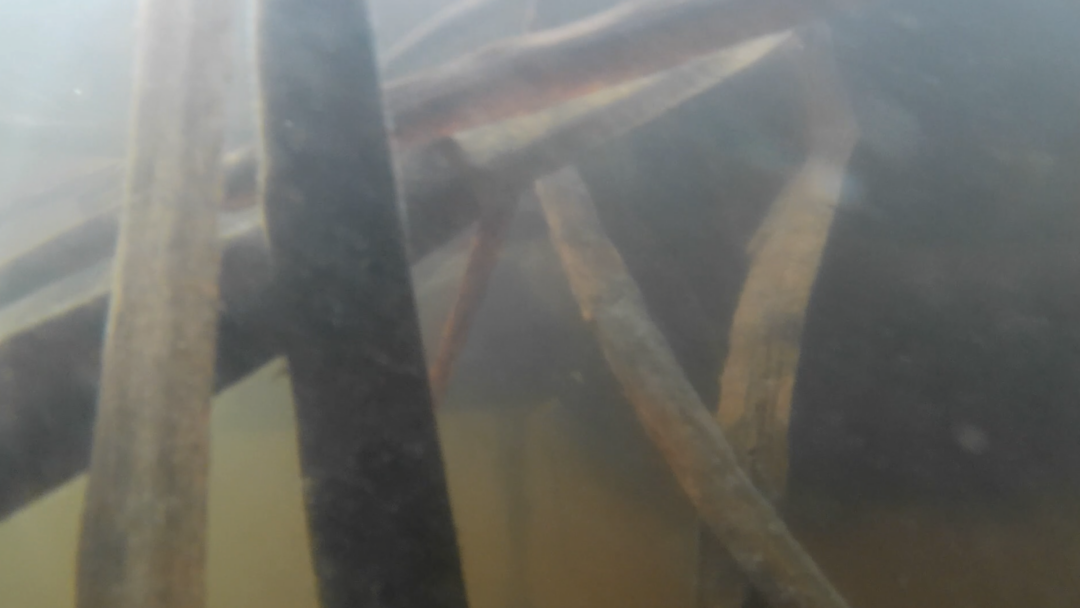
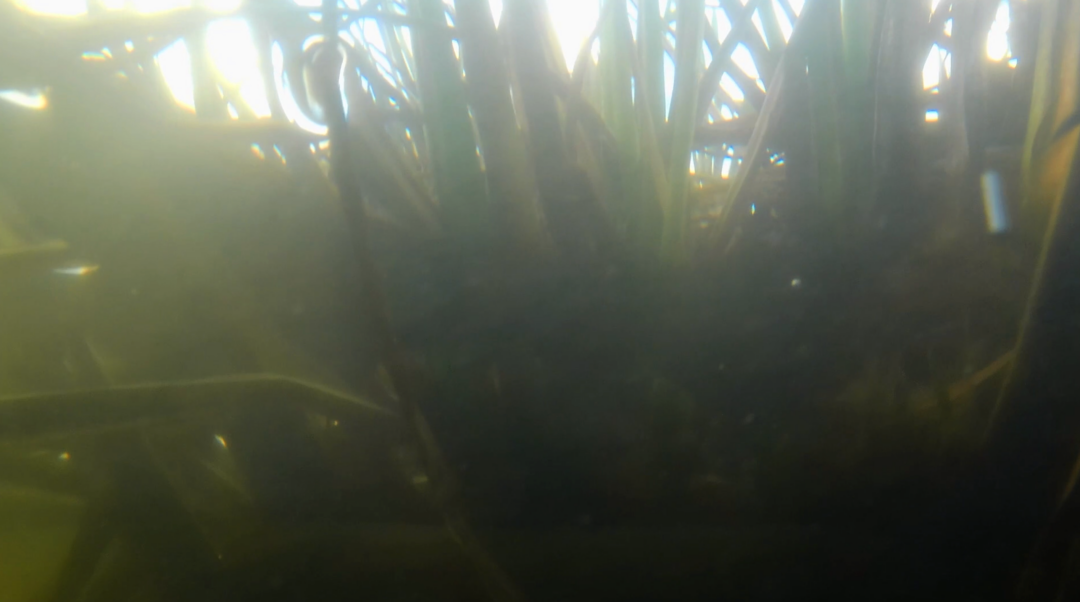
When the otter came back to our city in winter of 2021, I was quite exited. It seemed like a messenger at a time of extreme drought.
Around that time I was watching ‘The Mandalorian’, a Star Wars series, and in it many planets are visited. As a spaceship tore through the clouds of a distant planet called Sorgan, piloted by the Mandalorian, the audience of this Star Wars tv-show was treated to an impressive feat of worldbuilding.
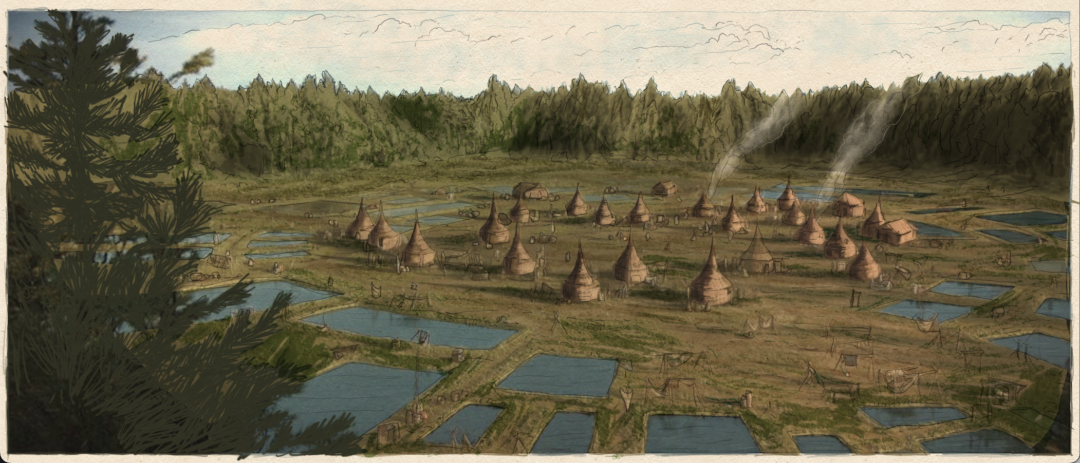
(Planet Sorgan drawing by Theun)
Immediately striking was the bioregional approach through which this world was envisioned; materials, structures, activities, cultural expressions all were directly derived from intimate connections to a swampy, forested biome. It looked as if the design team had taken the swamp and created an entire swamp culture, including means of living for all kinds of creatures, including people, frogs, fish, algue, shrimp and swamp-robots. This – I thought – is ‘otter-world’, in the sense that the otter seemed like it’s totem animal.
Planet Sorgan appeared here – in a way- as an alternate Netherlands, a reimagined Amsterdam, as a total overhaul of what a contemporary human settlement in a wetland-area might look like. This connected in my mind directly to the return of the otter to our city and eventually resulted in otterdam as a floating garden, not a structure made for otters, but a practice inspired by these iconic waterbeings and their kinship relations. To live in a more active relationship with the waters of Amsterdam. Can’t wait to start on a swamp robot!